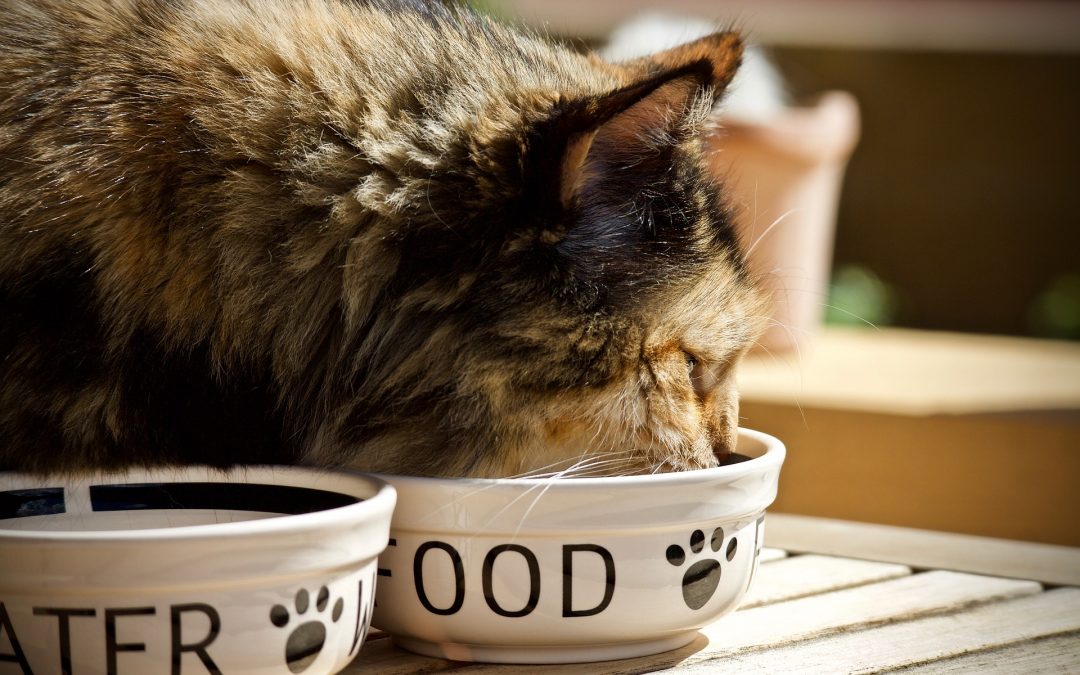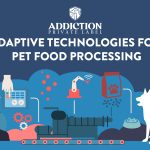By Andrew Prest, PhD MIcrobiology
Dogs and cats are living longer and are better fed than ever before. Indeed, nowadays, pet are kept very much as part of the family and thus it is the responsibility of the owners to ensure their pets’ longevity and quality of life to the best of their abilities, determining the key nutritional parameters they need.
Quality of life is dependent on a good balanced nutritional diet measured in terms of reduced incidence of diseases and the ability to maintain an active life and is enhanced by appropriate nutrition and nutraceutical supplementation.
Much progress into companion animal nutrient requirements has been made in recent years, so that a large number of the commercially prepared pet foods support excellent growth, reproduction and maintenance in healthy companion animals.
A number of areas of nutrition impinge directly on the longevity and health of pets, such as the optimal level of phosphorus and protein for normal dogs and cats to prevent renal diseases, the optimal growth rate for giant and large breed dogs that will lead to normal skeletal developments, the relationship between energy intake in the growth phase and predisposition to obesity and the optimal levels of nutrients with antioxidant properties in food as but a few examples.
Nowadays, increased levels of primary antioxidants such as vitamins E, C, and β-carotene, taurine, creatine and the natural antioxidant plant components (bioflavonoids), as well as certain dietary fibre sources, omega-3 fatty acids, mineral chelates, glucosamine, and chondroitin, are considered ‘normal’ in pet food recipe design. This being said, more precise information is still required and pet food formulation continues to be an area of intensive research and focus. A delineation of the specific nutrient requirements and differences between dogs and cats is described in more detail in the following articles.
Starting from first principles, companion animals, like humans, require the basic building blocks of protein (as a source of amino acids), carbohydrates (as a source of glucose and energy) and fats (as a source of energy) together with essential vitamins and minerals in order for the basic metabolic processes that support life to occur.
In both cat and dog food, fats (lipids) in particular play a particularly important role in nutritional quality as regards product acceptance. As soon as foods are manufactured, they begin to undergo a variety of chemical and physical changes. Oxidation of lipids is one common and frequently undesirable chemical change that can negatively impact on flavour, aroma and nutritional quality. It is necessary to predict and understand lipid oxidation to minimize objectionable flavours and aromas arising from rancidity throughout the products shelf life. Acceptable taste is an essential pre-requisite of any pet food.
Aside from the basic building blocks, pet food manufacturers are always looking for new sources of nutrients that can enhance the nutritional well-being of pets. This includes new energy sources, protein sources, micronutrients and dietary supplements that may be ‘novel’ ingredients.
‘Novel’ ingredients such as Nutraceuticals, dietary supplements, and functional food ingredients have entered into the everyday pet food manufacturing lexicon and offer product ‘points of difference’ or POD’s.
A nutraceutical is a pharmaceutical-grade and standardised nutrient. In the US, they are regulated as ‘dietary supplements and food additives’ by the FDA. They are derived from food sources and provide extra health benefits in addition to basic nutritional value. They may claim to prevent chronic diseases, improve health, delay the aging process, increase life expectancy or support the structure and function of the body.
A dietary supplement is a product taken by mouth that contains a dietary ingredient intended to supplement the diet, these include vitamins, minerals, extracts, enzymes, concentrates.
A functional food is defined as ‘an ordinary food that has components or ingredients added to give it a special medical or physiological benefit, other than purely nutritional.
These terms are used interchangedly in many cases and as such can be a source of consumer confusion.
Determining the safety of novel ingredients in pet food is a complex issue, much as it is for human food.
The US FDA has recently issued guidelines on food ingredients generally regarded as safe (GRAS) and is currently in the process of constructing a comprehensive GRAS database.
The determination of the safety of new food constituents, additives or contaminants is a daunting challenge. This is particularly an issue when the chemicals of concern are novel ingredients that have not been previously used in foods or were produced using novel technologies.
These challenges are even more daunting in pet foods where manufacturers must consider both the unique metabolism of individual species and the differences that exist among breeds within a species. This requires a thorough understanding of how comparative toxicology must be considered in evaluating novel ingredients, and how this has had an impact on recent events in regulations that have an impact on the issue.
The US National Research Council study on safety of dietary supplements in animals clearly states that safety in humans does not predict safety in pets (e.g. garlic, aspirin), suggesting that historic use in human food does not guarantee safety in pets.
Similarly, safety in laboratory rodents does not equate to safety in pets, nor would widespread use in dog food assure safety in cats. There are many other factors unique to individual species nutrition and feeding practices that confound this issue.
Making informed pet food purchasing decisions is the most important preventative step owners can take to maximise the quality of life of the companion animal. ‘You are what you eat applies to companion animals as well as humans’ – Prevention is always better than cure.
Functional food ingredients are discussed in more detail with specific relevance to cats and dogs in the following 2 articles.
READ ON: Functional Food Ingredients in Feline Pet Foods
Looking for a partner to develop your pet food formulation intended for new markets?
Discover what Addiction Foods Private Label can do for you and your own brand.
About Dr Prest
Andrew Prest is the Founder and Managing Director of Sustainability Systems. He has extensive theoretical and practical understanding of food manufacturing processes and systems having held senior management positions with major global food and beverage manufacturers for over 20 years supported by a Masters in Food Technology and Quality Assurance and a PhD in Food Microbiology. Andrew has significant experience in auditing and integrated systems management within the Quality, Food Safety, Health & Safety and Environmental Management sphere.










